There are a few of my friends who have asked me “why” have I chosen Panama, and I’ll be honest: on one hand, a flight offer for less than €400 return; on the other one, some friends living in Panama who would open the doors not only of their homes, but they would also give some advice about a country kind of ignored for tourism. Maybe not having Panama among prime destinations makes it even more tempting: and so was it!
It’s been two weeks in Panama where we have traveled the country from East to West, from Pacific to Atlantic, American influence in indian territory, urbanity to pure nature … We started in the capital, Panama City, to proceed to a territory more virgin in Santa Catalina and Coiba Island. Then we continue toward the Atlantic and Caribbean Sea in the archipelago of Bocas del Toro to cross back the entire country to archipelago of San Blas. These were the four main points to travel the country, but we left more chances on the way because of a lack of time (and a couple of organizational mistakes to learn).
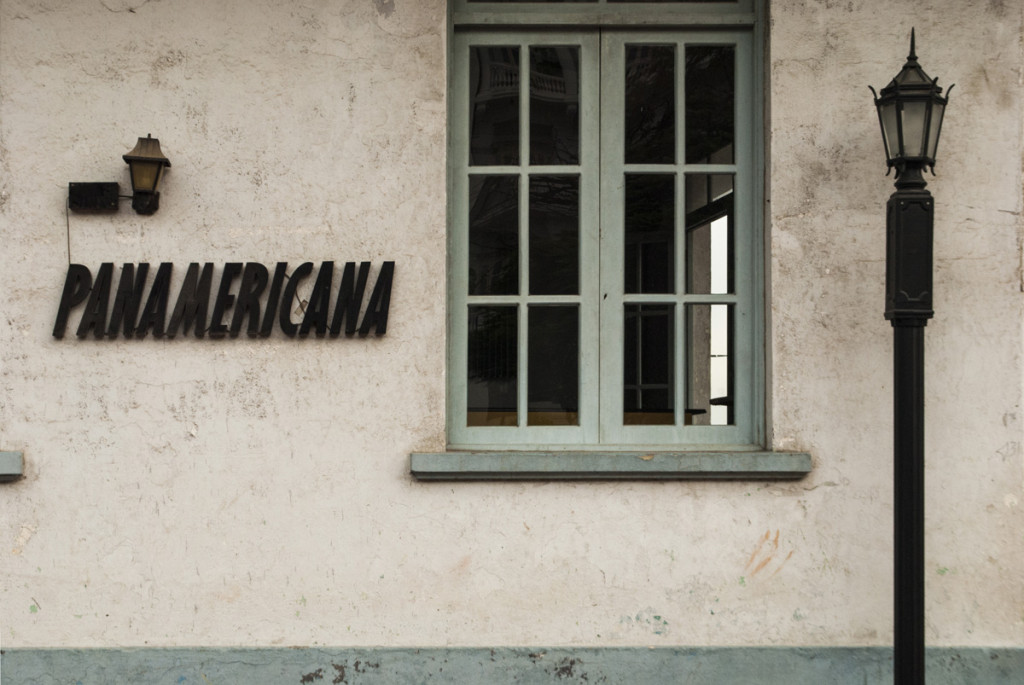
The first days in the capital help us to get the rhythm of the country, which is organized but within their particular chaos. We learn that there are no addresses, but directions of how to get (do not expect to have a street name and number so easily, it is impossible). And above all we begin to discover or remember that we are on vacation and that the pace of Panama will help us. But, waking up early, as the country gets up and goes to bed early (and as Spaniards, this is difficult to get along).
Apart from these basic tips, our friends in Panama City warn us of the need to avoid the “red zones” of the city. In addition, some of these areas are neighbors of sights, so wandering is not advisable if we’re not sure the area. El Chorrillo, right next to Panama Viejo is not recommended, for example. Luckily we stayed near the church of Virgen del Carmen, which let us take taxis to almost anywhere paying just $ 2.5 trip (this is also important!, yes, US dollars are the official currency, no tricks).
When boarding a taxi there are two basic tips to follow: do not take any taxi with two people on board (they might try to steal something from you) and negotiate the price in advance and firmly. If they see you doubting about the price, they will try any excuse to charge you extra, since there are no meters (you’ll find official rates, but normally out of the city for longer runs in some villages). Coming back to neighborhoods, if you can choose, opt for El Carmen, San Francisco or El Cangrejo. Casco Viejo (do not mix with Panama Viejo!) is a good choice if you do not mind sitting at one end of town and stand the noise of the lively night.

Our choice in Panama City, Virgen del Carmen, is next to a brand new subway station, so we can reach the bus station within minutes. The Albrook bus station will become your start and end point of many trips, almost for sure. About the subway, which is very cheap (around 35 cents), there’s not much to say… it’s as simple as its lonely Line 1 (expanding to up to three lines in the future).
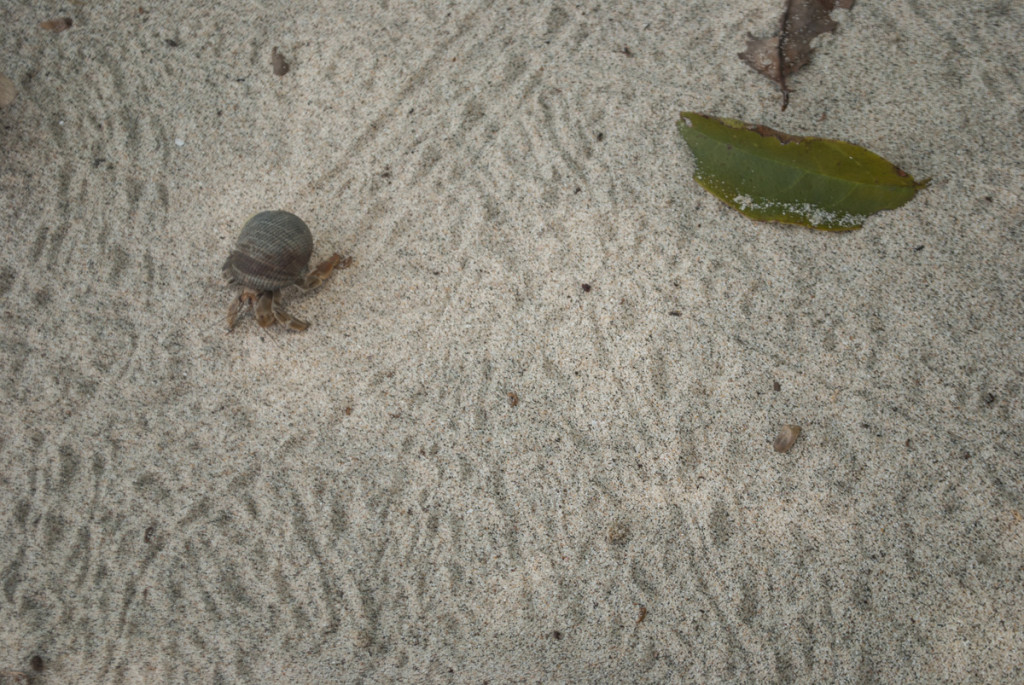
While commuting, it’s important to know the difference between the Metrobus card (for bus and metro, rechargeable, contactless -works like a London’s Oyster or San Francisco’s Clipper) and RapiPass card that apart of these services, includes the access gate in Albrook station. Every time you take a bus out of town, you need to pay around 10 cents of something like “station tax”. So our advice is, as soon as you arrive to Panama City, buy a RapiPass in Albrook station because it includes everything (it costs like $2, lie the Metrobus Card). This is a little confusing to many, as in intercity buses you need to pay the access gate with the card (no cash admitted), but in cash to the driver upon arrival at destination, while city buses (the modern ones) do not need any access gate fee to be paid, but to approximate any of the cards when hopping on, so you deduct the basic rate to enter. And if that was not confusing enough, you will find Red Devils, infernal (too warm inside, noisy, and aggressively driving). They are basically buses recycled from the US and tuned with colorful motifs and slogans such as “Gift of God” or “New Generation”. Luckily, for the safety of Panamanians, they are being passed out slowly and they are replacing them by more modern fleets with regular lines. Red Devils love making noise, so you’ll see them both in urban and interurban routes featuring street vendors, music blaring, plasma TVs inside … Riding in a Red Devil it is like a box of chocolates. Another important point of the buses: know what time the last bus passes, especially when leaving Panama City, as sometimes you find it as early as 4 pm.
Another reflection when remembering “red zones”, is the need to be always documented. Panama is used as a drug trafficking route, so it is very common that foreigners get checked. It happened to us at least three times. Of course, they have always been very correct and as soon as they verify that you are a tourist, they treat you more kindly. In fact, in order to enter the island of Coiba is necessary to register and people are screened before reaching the area of Bocas del Toro. Not taking the documentation with you can ruin a whole day trip. Luckily, it was not our case, and in the coming weeks I’ll tell you how nice is Panamá.


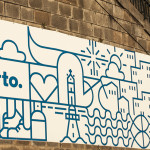
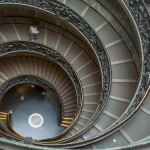

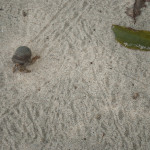
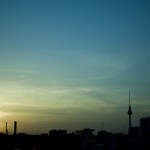
Comments by d_lopezalvarez